Climate change is a real issue that is affecting our planet in different ways. Children, the future generation, are bearing the brunt of climate and environmental disasters. According to the US Environmental Protection Agency, children are more vulnerable to the health impacts of climate change because they are in a stage of physical development that makes them more sensitive to climate-related hazards such as temperature changes and poor air quality. [caption id="attachment_602584" align="alignnone" width="768"]
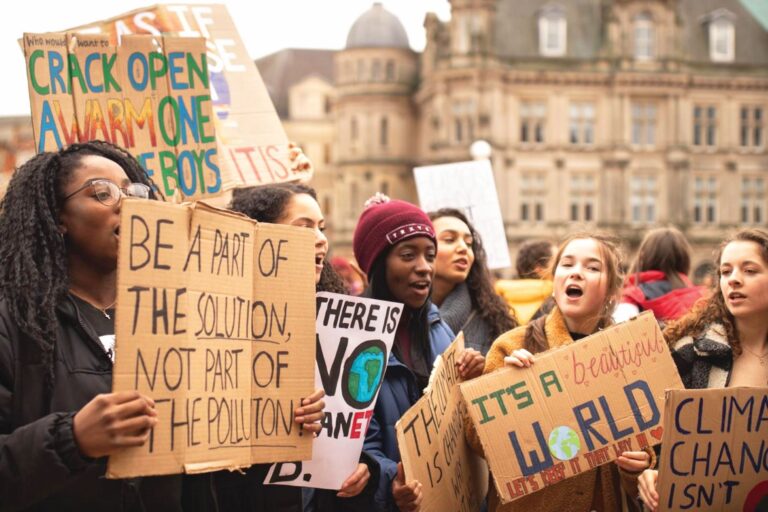
Protecting children's rights from the impacts of climate change. (PHOTO: PHYS.ORG)[/caption] Children breathe faster, spend more time outdoors and drink twice as much water as adults, making them more vulnerable to pollution and extreme weather events. They can also suffer emotional distress when exposed to extreme weather events such as major fires, storms and floods, which can affect their mental health and, because of their dependence on adults, can be life-threatening without adult support. In late August, the Committee for the first time explicitly affirmed children's right to a clean, healthy and sustainable environment, and provided a comprehensive interpretation of the obligations of States Parties to implement the UN Convention on the Rights of the Child. Established in 1989 and ratified by 196 countries, the convention outlines universal children’s rights such as the right to life, development and health. General Recommendations provide legal guidance on what these rights mean for a particular topic or area of law. “General Recommendation No. 26 on the rights of the child and the environment with a special focus on climate change” has now been published, explicitly addressing the climate emergency, biodiversity collapse and widespread pollution, and outlining countermeasures to protect children’s lives. With General Recommendation No. 26, the Committee not only amplifies the voices of children, but also clearly identifies children’s rights related to the environment that States Parties need to respect, protect and fulfil… collectively and urgently. This recommendation emphasizes that states can be held accountable not only for environmental harm occurring within their borders, but also for environmental impacts and climate change beyond their borders.
Governments have an obligation to respect, protect and fulfil children’s rights. The recommendation states that “adverse impacts of climate change” on the enjoyment of children’s rights “give rise to obligations on States to take action to protect against those impacts”. Particular attention is given to the disproportionate harm faced by children in disadvantaged circumstances. In September, the Committee issued new guidance for governments on protecting children’s rights in the face of climate change and other environmental crises. From severe pollution in Zambia and toxic plastic recycling in Türkiye to rising sea levels affecting livelihoods in Panama and rising temperatures reducing food supplies in Canada, environmental crises are posing enormous risks to children around the world. Children in poor and marginalized communities are at even greater risk. [caption id="attachment_602605" align="alignnone" width="768"]
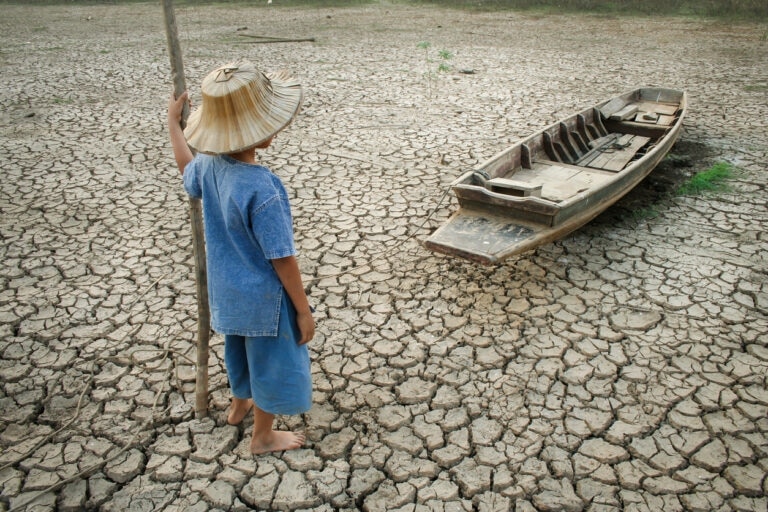
Children face multiple risks from climate change. (Illustration: Getty Images)[/caption] The Committee’s joint guidance is the result of consultations with more than 16,000 children from 121 countries, governments, and environmental and human rights groups, including Human Rights Watch. It provides a new interpretation of states’ obligations under the Convention on the Rights of the Child to uphold the rights of children affected by climate change and other environmental crises. The Committee stresses that “the climate emergency, biodiversity collapse and widespread pollution pose an urgent and systemic threat to children’s rights globally.” The Commission calls on governments to take action that includes holding states accountable not only for protecting children from immediate harm but also for foreseeable environmental threats resulting from government actions or inaction. States should ensure that businesses rapidly reduce their emissions and require them to assess the actual and potential risks to children’s rights, and reminds governments that “delaying the phase-out of fossil fuels will result in greater foreseeable harm to children’s rights.” Climate change is having an impact not only on the environment and
the economy , but also on the lives and development of children around the world. Climate change poses significant challenges for children. It can lead to natural disasters, such as floods, resource depletion, and rising temperatures. These impacts can deprive children of their homes, families, and educational opportunities, especially in poor areas. In addition, climate change also causes an increase in diseases and a decline in air quality, which negatively affects children's resistance and health. Psychologically, children also face stress and anxiety due to an uncertain future. They may also witness frightening environmental changes, family loss, and difficulty in accessing education and basic services. All of these can have negative impacts on children's physical and mental development. Therefore, protecting children's rights is not only a moral duty but also an inevitable responsibility to deal with climate change. We need to take concrete measures to ensure that children are protected from the negative impacts of climate change and have the opportunity to develop comprehensively. Vi Minh
 Protecting children's rights from the impacts of climate change. (PHOTO: PHYS.ORG)[/caption] Children breathe faster, spend more time outdoors and drink twice as much water as adults, making them more vulnerable to pollution and extreme weather events. They can also suffer emotional distress when exposed to extreme weather events such as major fires, storms and floods, which can affect their mental health and, because of their dependence on adults, can be life-threatening without adult support. In late August, the Committee for the first time explicitly affirmed children's right to a clean, healthy and sustainable environment, and provided a comprehensive interpretation of the obligations of States Parties to implement the UN Convention on the Rights of the Child. Established in 1989 and ratified by 196 countries, the convention outlines universal children’s rights such as the right to life, development and health. General Recommendations provide legal guidance on what these rights mean for a particular topic or area of law. “General Recommendation No. 26 on the rights of the child and the environment with a special focus on climate change” has now been published, explicitly addressing the climate emergency, biodiversity collapse and widespread pollution, and outlining countermeasures to protect children’s lives. With General Recommendation No. 26, the Committee not only amplifies the voices of children, but also clearly identifies children’s rights related to the environment that States Parties need to respect, protect and fulfil… collectively and urgently. This recommendation emphasizes that states can be held accountable not only for environmental harm occurring within their borders, but also for environmental impacts and climate change beyond their borders. Governments have an obligation to respect, protect and fulfil children’s rights. The recommendation states that “adverse impacts of climate change” on the enjoyment of children’s rights “give rise to obligations on States to take action to protect against those impacts”. Particular attention is given to the disproportionate harm faced by children in disadvantaged circumstances. In September, the Committee issued new guidance for governments on protecting children’s rights in the face of climate change and other environmental crises. From severe pollution in Zambia and toxic plastic recycling in Türkiye to rising sea levels affecting livelihoods in Panama and rising temperatures reducing food supplies in Canada, environmental crises are posing enormous risks to children around the world. Children in poor and marginalized communities are at even greater risk. [caption id="attachment_602605" align="alignnone" width="768"]
Protecting children's rights from the impacts of climate change. (PHOTO: PHYS.ORG)[/caption] Children breathe faster, spend more time outdoors and drink twice as much water as adults, making them more vulnerable to pollution and extreme weather events. They can also suffer emotional distress when exposed to extreme weather events such as major fires, storms and floods, which can affect their mental health and, because of their dependence on adults, can be life-threatening without adult support. In late August, the Committee for the first time explicitly affirmed children's right to a clean, healthy and sustainable environment, and provided a comprehensive interpretation of the obligations of States Parties to implement the UN Convention on the Rights of the Child. Established in 1989 and ratified by 196 countries, the convention outlines universal children’s rights such as the right to life, development and health. General Recommendations provide legal guidance on what these rights mean for a particular topic or area of law. “General Recommendation No. 26 on the rights of the child and the environment with a special focus on climate change” has now been published, explicitly addressing the climate emergency, biodiversity collapse and widespread pollution, and outlining countermeasures to protect children’s lives. With General Recommendation No. 26, the Committee not only amplifies the voices of children, but also clearly identifies children’s rights related to the environment that States Parties need to respect, protect and fulfil… collectively and urgently. This recommendation emphasizes that states can be held accountable not only for environmental harm occurring within their borders, but also for environmental impacts and climate change beyond their borders. Governments have an obligation to respect, protect and fulfil children’s rights. The recommendation states that “adverse impacts of climate change” on the enjoyment of children’s rights “give rise to obligations on States to take action to protect against those impacts”. Particular attention is given to the disproportionate harm faced by children in disadvantaged circumstances. In September, the Committee issued new guidance for governments on protecting children’s rights in the face of climate change and other environmental crises. From severe pollution in Zambia and toxic plastic recycling in Türkiye to rising sea levels affecting livelihoods in Panama and rising temperatures reducing food supplies in Canada, environmental crises are posing enormous risks to children around the world. Children in poor and marginalized communities are at even greater risk. [caption id="attachment_602605" align="alignnone" width="768"]  Children face multiple risks from climate change. (Illustration: Getty Images)[/caption] The Committee’s joint guidance is the result of consultations with more than 16,000 children from 121 countries, governments, and environmental and human rights groups, including Human Rights Watch. It provides a new interpretation of states’ obligations under the Convention on the Rights of the Child to uphold the rights of children affected by climate change and other environmental crises. The Committee stresses that “the climate emergency, biodiversity collapse and widespread pollution pose an urgent and systemic threat to children’s rights globally.” The Commission calls on governments to take action that includes holding states accountable not only for protecting children from immediate harm but also for foreseeable environmental threats resulting from government actions or inaction. States should ensure that businesses rapidly reduce their emissions and require them to assess the actual and potential risks to children’s rights, and reminds governments that “delaying the phase-out of fossil fuels will result in greater foreseeable harm to children’s rights.” Climate change is having an impact not only on the environment and the economy , but also on the lives and development of children around the world. Climate change poses significant challenges for children. It can lead to natural disasters, such as floods, resource depletion, and rising temperatures. These impacts can deprive children of their homes, families, and educational opportunities, especially in poor areas. In addition, climate change also causes an increase in diseases and a decline in air quality, which negatively affects children's resistance and health. Psychologically, children also face stress and anxiety due to an uncertain future. They may also witness frightening environmental changes, family loss, and difficulty in accessing education and basic services. All of these can have negative impacts on children's physical and mental development. Therefore, protecting children's rights is not only a moral duty but also an inevitable responsibility to deal with climate change. We need to take concrete measures to ensure that children are protected from the negative impacts of climate change and have the opportunity to develop comprehensively. Vi Minh
Children face multiple risks from climate change. (Illustration: Getty Images)[/caption] The Committee’s joint guidance is the result of consultations with more than 16,000 children from 121 countries, governments, and environmental and human rights groups, including Human Rights Watch. It provides a new interpretation of states’ obligations under the Convention on the Rights of the Child to uphold the rights of children affected by climate change and other environmental crises. The Committee stresses that “the climate emergency, biodiversity collapse and widespread pollution pose an urgent and systemic threat to children’s rights globally.” The Commission calls on governments to take action that includes holding states accountable not only for protecting children from immediate harm but also for foreseeable environmental threats resulting from government actions or inaction. States should ensure that businesses rapidly reduce their emissions and require them to assess the actual and potential risks to children’s rights, and reminds governments that “delaying the phase-out of fossil fuels will result in greater foreseeable harm to children’s rights.” Climate change is having an impact not only on the environment and the economy , but also on the lives and development of children around the world. Climate change poses significant challenges for children. It can lead to natural disasters, such as floods, resource depletion, and rising temperatures. These impacts can deprive children of their homes, families, and educational opportunities, especially in poor areas. In addition, climate change also causes an increase in diseases and a decline in air quality, which negatively affects children's resistance and health. Psychologically, children also face stress and anxiety due to an uncertain future. They may also witness frightening environmental changes, family loss, and difficulty in accessing education and basic services. All of these can have negative impacts on children's physical and mental development. Therefore, protecting children's rights is not only a moral duty but also an inevitable responsibility to deal with climate change. We need to take concrete measures to ensure that children are protected from the negative impacts of climate change and have the opportunity to develop comprehensively. Vi Minh













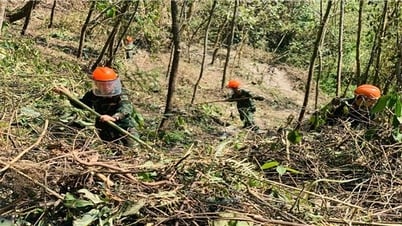
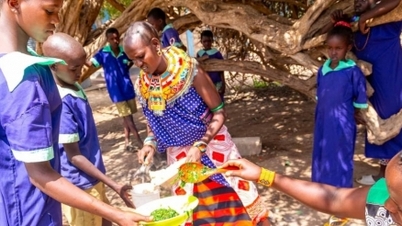








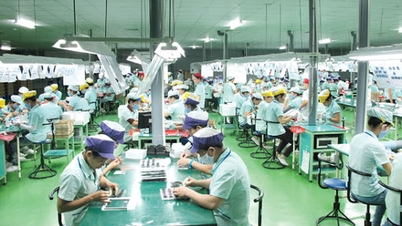
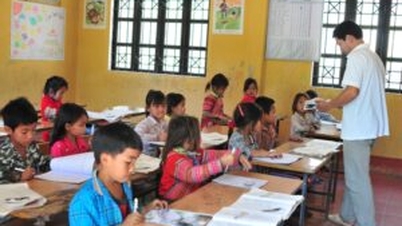






















































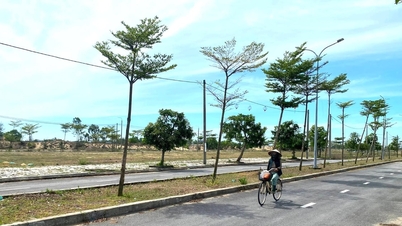



















Comment (0)